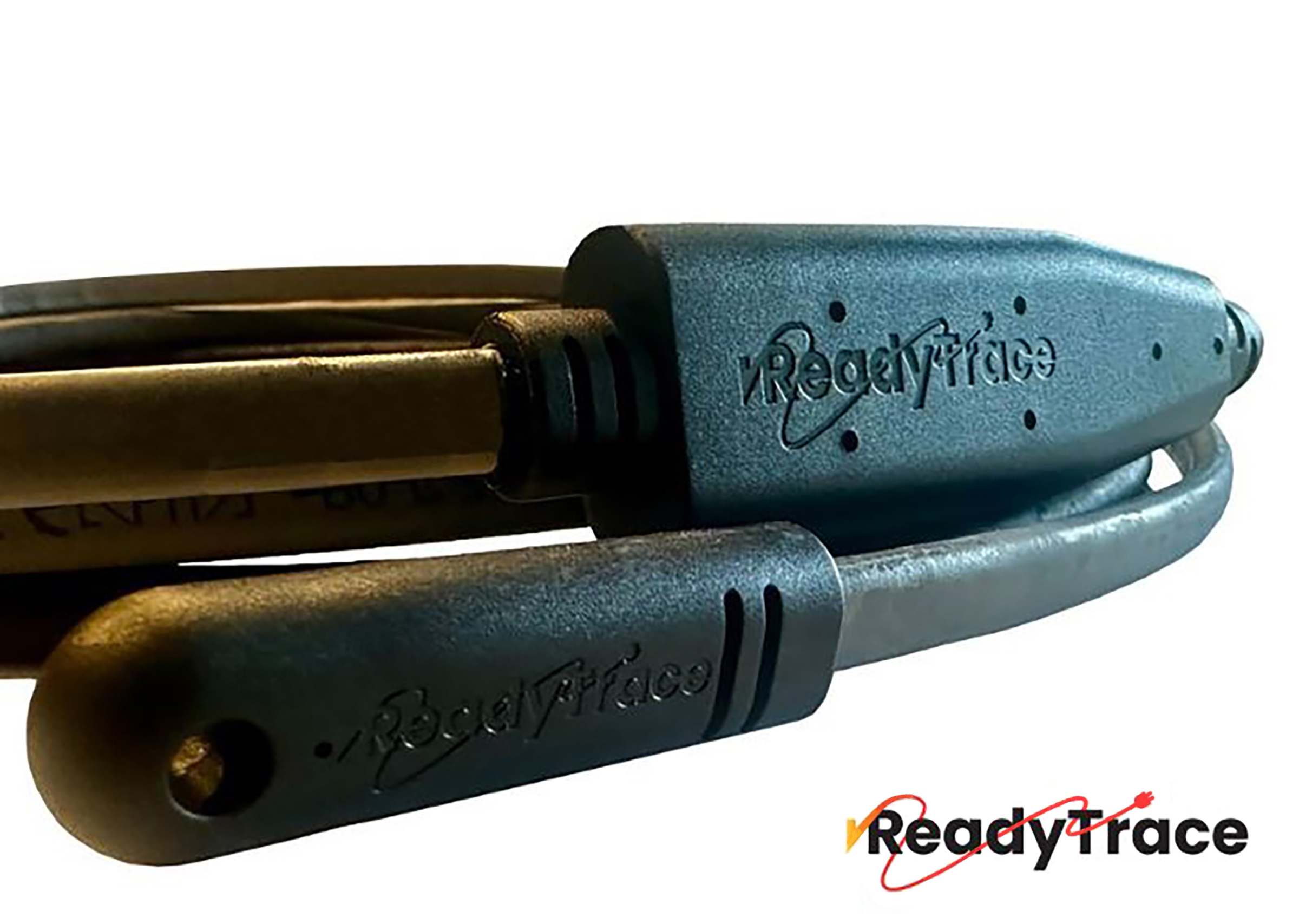When you think of the phrase “heat trace” or “heat tape,” what images come to your mind? Perhaps you haven’t ever heard of these terms before, but chances are it’s all around you: underfloor heating, heated driveways, soil warming, and reducing condensation on windowsills. All of these are just a few of the ways heat trace, or trace heating, is an essential part of keeping the cold out.
When it comes to heated pipes for protection against the ruthless cold of winter, trace heating is the system by which the warmth you need for your pipes flows. Trace heating is minimally invasive and requires little maintenance, making it a good long-term solution for heating that virtually pays for itself.
Understanding How Trace Heating Works
Trace heating does just as its name implies: an electrical surface or wiring is linked to some other surface (whether it be a pipe, flooring, etc) and traces its way along that surface’s path. This, in turn, provides and maintains heat where it’s most needed.
Steam Heat Trace
Trace heating is sometimes accomplished by steam, where pipes containing low pressure steam run along pipes of liquid that need to be heated. The system can be burdensome, requiring the steam heat trace to be connected to a boiler that keeps up a steady supply of steam. However, steam trace heating is preferred when certain parts of a manufacturing facility are deemed unsafe for electrical use.
Insulating Heat Trace
To maintain consistent temperature levels, thermal insulation is wrapped around both the supplier of heat and the recipient of heat to ensure stable, permanent warmth. The apparatuses involved with heat trace (also known as heat tape) can vary in size and surface area, depending on the physical dimensions of the application.
What Are the Benefits of Heat Trace?
Think of the value of trace heating as twofold—accommodating functionality and increasing throughput. While its prime purpose is to protect and insulate against undesired temperature invasions from the elements (i.e. keeping substances flowing that can solidify or slow in cold temperatures), thus accommodating functionality, it can also be utilized to increase the efficiency of operations. For example, heat trace can drastically improve the throughput of gas transportation and extraction by increasing tank and pipe pressure—being that gas slows as it cools. This additional heat increases the speed that gas is transported through piping.
There are few disadvantages of trace heating, one of which is when the environment needing to be heated is unsafe for electrical equipment. As stated above, these situations require steam trace heating. The other disadvantage is when heat trace equipment is not being properly monitored, resulting in overheating and possible fire hazards.
Trace Heating in Cold Environments
Trace heating is essential for cold climates, whether its use is in a low temperature laboratory or out on your driveway. The chance that a pipe might freeze up or a walkway ices over, resulting in disastrous circumstances that cost money and time, are too risky to overlook. For that reason, heat trace technology is found in many products that help counter low temperatures.
Control Heat Through Powerblanket
Drawing upon the fundamentals of heat trace, Powerblanket uses a patented blend of technologies as a highly efficient and less expensive means of distributing heat evenly over the surface of any application. In addition, Beacon control systems allow remote monitoring and data collection from our heat trace-sourced products. Whether you need to protect a piping system, valves, manifolds, instrumentation, gas tanks, liquid storage, or anything else from cold weather or depreciation in efficiency, Powerblanket technology can enable you to do so with greater ease and dependability.
For custom heating solutions by Powerblanket, click here.
Shield your critical systems from freezing with intelligent heat trace that adapts to temperature changes and protects your assets.







